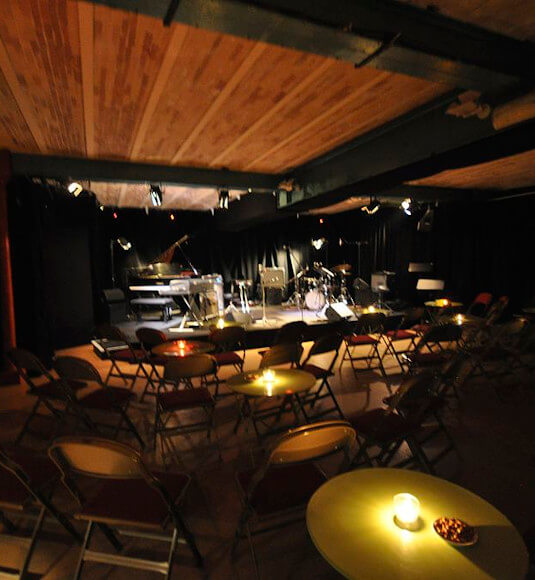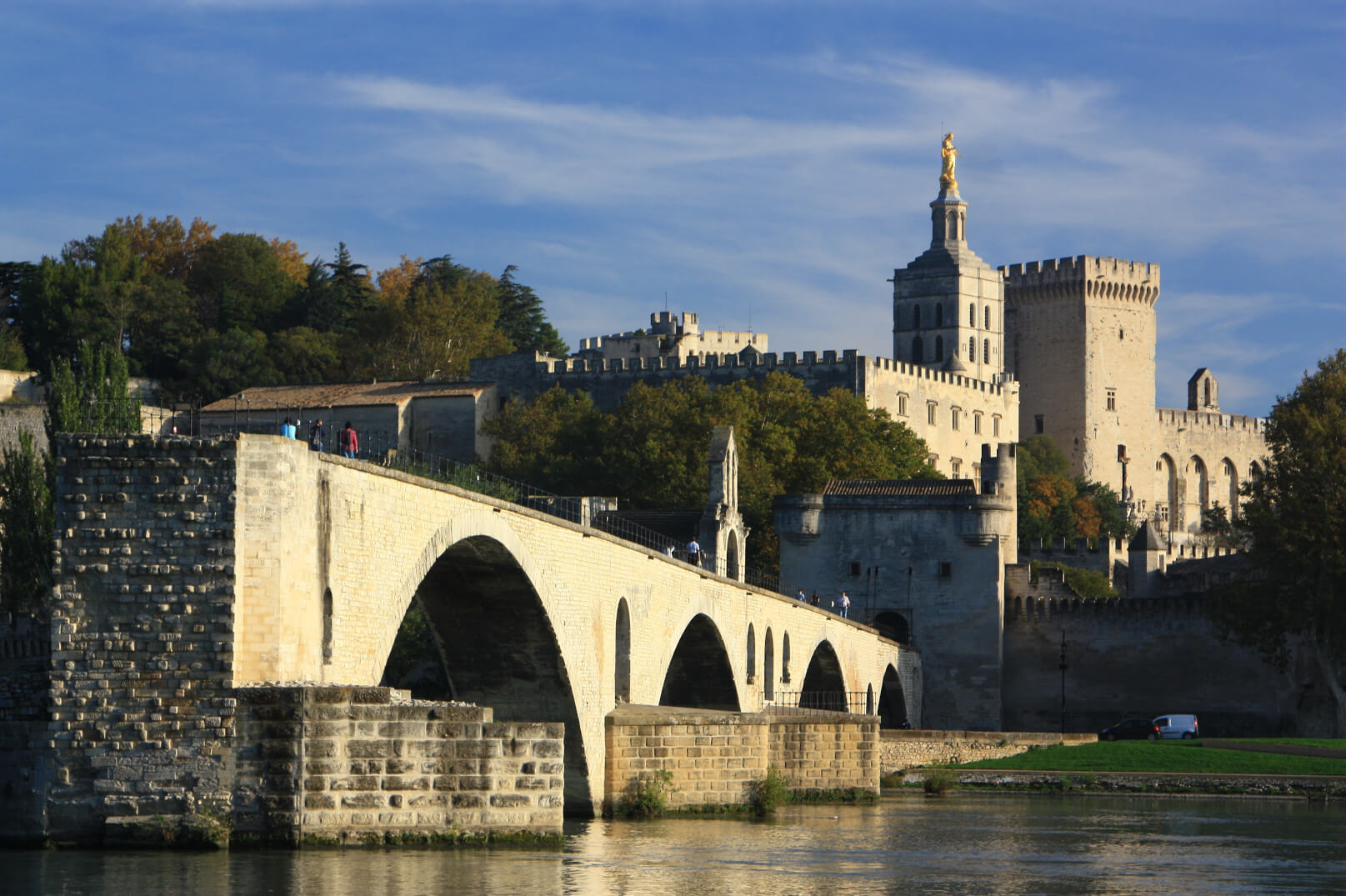
Emblematic places
An exceptional cultural heritage
THE PALAIS DES PAPES
The Palais des Papes (Popes’ Palace) is the symbol of the church’s influence on the Christian West in the 14th century. Built in less than twenty years, with construction starting in 1335, the palace is mainly the work of two popes, Benedict XII and his successor Clement VI.
The monument is the most important Gothic palace in the world, (15,000 m² of floor space, or the volume of 4 Gothic cathedrals), and offers the visitor access to more than twenty areas, locations of historical events with universal impact, in particular, the private apartments of the pope and their fabulous decorative frescos, crafted by the Italian artist Matteo Giovannetti. The monument also offers visitors regular cultural activities throughout the year.
Thematic and educational exhibitions, themed visits, and concerts are organised here. During the summer season a large art exhibition occupies the Grande Chapelle, while the performances of the Festival d’Avignon, created by Jean Vilar in 1947, take place in July in the Cour d’Honneur of the Palais.
The Palais des Papes welcomes more than 650,000 visitors a year. It is one of the 10 most visited monuments in France
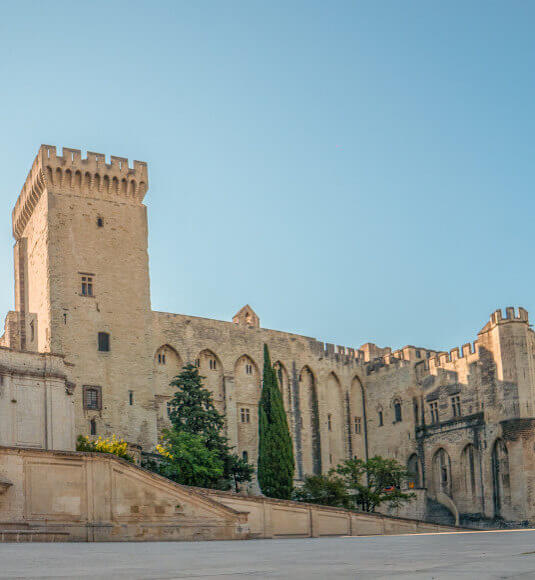
PONT D’AVIGNON
The Saint-Bénézet bridge, commonly called the Pont d’Avignon and located just outside of Avignon, is a bridge that was constructed between 1177 to 1185 over the Rhône, starting from the city of Avignon on the left bank. The Pont Saint-Bénézet or Pont d’Avignon was made famous by the popular song ‘Sur le pont d’Avignon’.
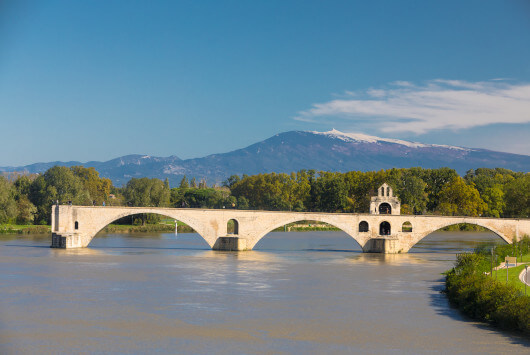
THE ROMAN THEATRE OF ORANGE
The Théâtre Antique d’Orange is certainly one of the most beautiful legacies of Imperial Rome. An exceptional testimony of antiquity which is part of UNESCO’s World Heritage List, the Roman theatre is the best-preserved theatre in Europe.
Above all it owes its fame to its magnificent stage wall, surprisingly well-preserved and unique in the West. A major venue for shows in Roman times, it is still a venue which pleases music lovers from all over the world.
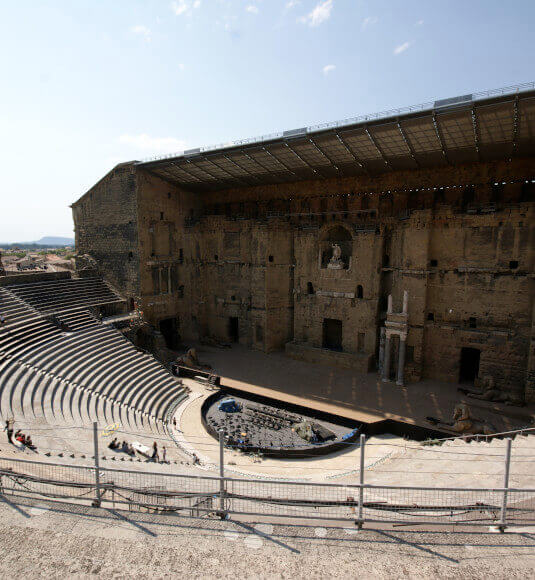
THE MAISON JEAN VILAR
The Maison Jean Vilar is the perfect place for those who wish to access the knowledge of Vilar, his projects, his experiences, his struggles and how he got through them, and finally, all the steps of artistic and cultural decentralisation throughout France over the past fifty years. Boosting the influence of the work of Jean Vilar.
Available to all, general public and professionals, students, teachers, researchers: a collection of books, iconographic and audiovisual documents on the show; information on the regional cultural life, on the Festival d’Avignon, on cultural decentralisation, which Jean Vilar has devoted his life to.
Open all-year-round, in connection with local life and the performing arts, a programme of activities takes place throughout the year: exhibitions, animations, projections, meetings.

THE LAMBERT COLLECTION
Contemporary Art collection
The Lambert Collection opened its doors in June 2000, during the “Avignon, capitale européenne de la culture” (Avignon, European capital of culture) celebrations.
It is in this former 18th-century mansion that Yvon Lambert, gallery owner and collector, decided to place his personal collection.
350 works dating from the 60s to today constituted the first collection, which now holds more than 1200 items.
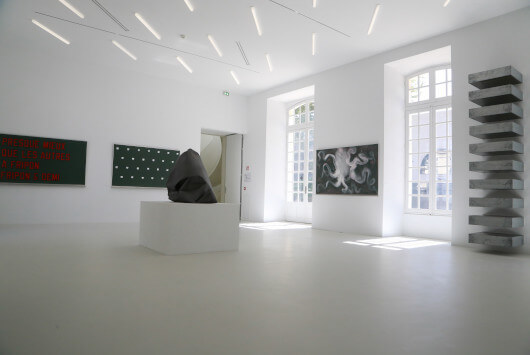
THE CALVET MUSEUM
The collections of the Calvet Museum cover archaeology, decorative arts, ethnography, and fine arts (art objects, drawings, sculptures and paintings from the sixteenth to the twentieth centuries.).
All the works of this museum, with the exception of those that have been loaned or donated to the museum, belong to the Public Foundation Calvet Establishment. Modern art is now represented in the Victor Martin Hall, inaugurated in May 2010. The collection of paintings presents works from the 15th to the 20th century.Many sculptures are also on display, featuring works by Camille Claudel, Francesco Laurana, Giambologna, James Pardier, Italian and Nordic bronzes of the sixteenth and seventeenth centuries…
The collection of drawings, not on display, contains the sketches of artists belonging mainly to the French and Italian schools but also to the Nordic and Spanish schools.
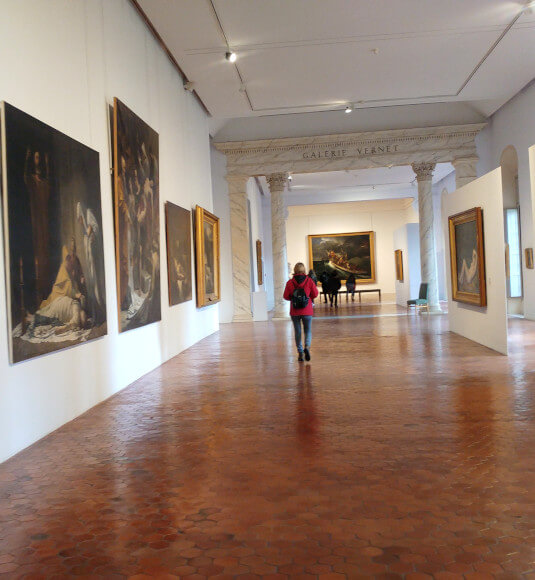
THE THÉÂTRE DU CHÊNE NOIR
The Théâtre du Chêne noir is located in the former chapel of Sainte-Catherine, located on Rue Sainte-Catherine, behind the Palais des Papes in Avignon. Gérard Gelas’s company moved there in 1971.
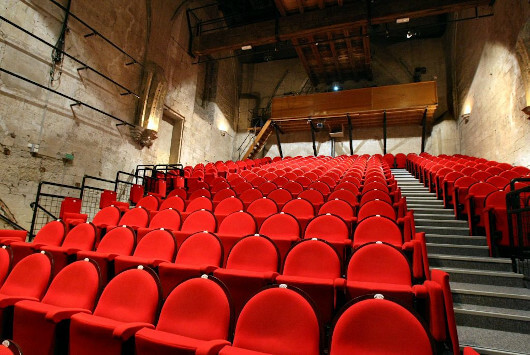
LA FABRICA
This creative space of the Festival IN d’Avignon allows the Festival to remain as a flagship of international creation by supporting not only recognized artists but also young emerging talents.
The building houses a rehearsal hall, a performance hall and 18 apartments for artists and technicians. There are also several technical spaces and an audiovisual studio.
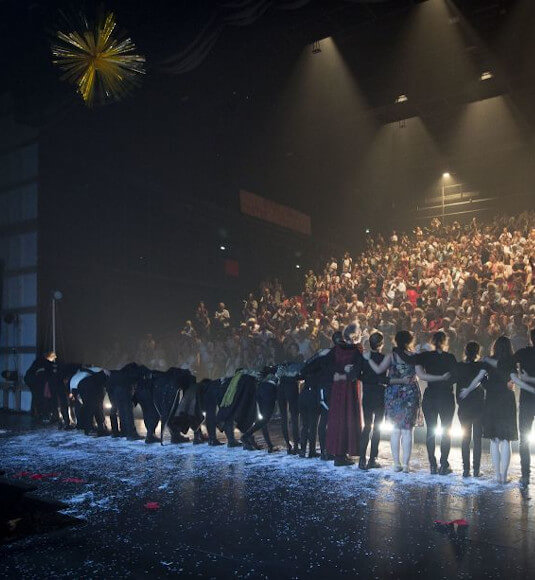
AJMI: ASSOCIATION FOR JAZZ AND IMPROVISED MUSIC
Created in 1978 in Avignon, today the concert hall is located at La Manutention, together with the Utopia cinemas.Internationally recognized, it welcomes the best musicians of the current jazz scene, both celebrated and still little-known (Michel Petrucciani, Louis Sclavis, René Bottlang, David S.Ware, Chris Potter…).
The AJMI is also a year-round training provider for amateur or professional musicians, in the form of internships and master classes.The association works tirelessly to promote the music it defends: a contemporary, dynamic and creative jazz. Under the label AjmiSeries, it produces artists whose creative work it will continue to support.
